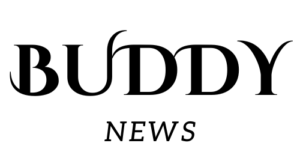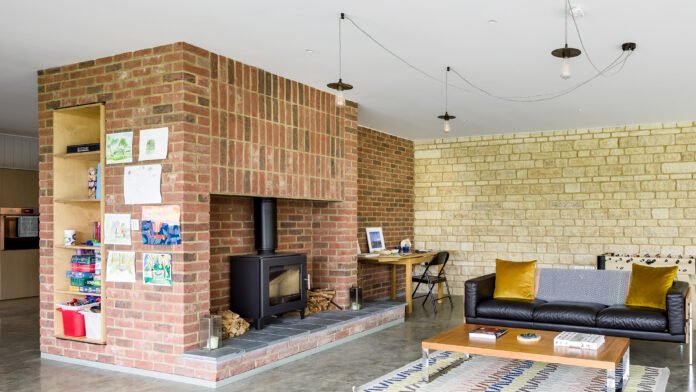Introduction
Imagine waking up to an unusual problem – the need for breast removal from your chimney. While it may sound bizarre, scenarios like these are more common than you might think. In this article, we’ll delve into the peculiar world of breast removal from chimneys, exploring the reasons, processes, and essential tips for dealing with such situations.
Common Reasons for Breast Removal from Chimney
Wildlife Intrusion: One of the primary reasons for breast removal from chimneys is the intrusion of wildlife. Birds, squirrels, or even bats may find chimneys an appealing nesting spot, leading to unexpected challenges for homeowners.
Structural Damage: Chimneys are exposed to the elements, and over time, structural damage can occur. Whether due to weather or age, addressing such damage becomes crucial to prevent further complications.
Blockages and Safety Hazards: Blockages in chimneys not only hinder proper ventilation but also pose safety risks. Addressing these blockages promptly is essential to avoid potential fires or harmful emissions.
The Importance of Timely Intervention
In the world of breast removal from chimneys, timing is everything. Timely intervention can prevent further damage to your chimney structure, ensuring both the safety of your property and the well-being of any wildlife involved.
Preventing Further Damage: Ignoring the issue may lead to more extensive damage, making repairs more complicated and expensive. Addressing the problem promptly is key to preventing escalation.
Ensuring Safety: A compromised chimney can pose serious safety hazards. From fire risks to structural collapses, the consequences of neglecting breast removal issues can be severe.
The Process of Breast Removal from Chimney
Addressing breast removal from chimneys requires a strategic approach. Seeking professional assistance equipped with specialized tools and techniques is crucial for a safe and effective resolution.
Professional Assistance: Trained professionals understand the complexities of breast removal situations. They have the expertise and tools necessary to handle the task efficiently without causing further harm.
Specialized Tools and Techniques: From chimney brushes to protective gear, professionals use specialized tools and techniques to ensure a thorough removal process while safeguarding the integrity of your chimney.
Wildlife and Chimney Incidents
Common Animals Involved: Birds, raccoons, and even snakes are frequent culprits in chimney incidents. Understanding the behavior of these animals is essential for preventing recurring problems.
Preventing Recurrences: Implementing preventative measures, such as chimney caps, can discourage wildlife from making your chimney their home. Proactive steps help reduce the likelihood of future incidents.
Structural Damage and Chimney Repairs
Assessing the Extent of Damage: After breast removal, assessing the structural damage is crucial. Professionals can evaluate the condition of your chimney and recommend necessary repairs.
Finding Reliable Repair Services: Choosing a reliable chimney repair service ensures that your chimney is not only free of wildlife but also restored to its optimal functionality.
Blockages and Safety Hazards
Identifying Blockages: Regular chimney inspections can help identify blockages before they become severe. Signs of blockages include smoke issues, unusual odors, or debris falling into the fireplace.
Addressing Safety Concerns: Promptly addressing blockages is essential for maintaining a safe living environment. Safety concerns should never be underestimated when it comes to chimney maintenance.
DIY vs. Professional Assistance
Risks of DIY Breast Removal: While DIY solutions may seem tempting, they come with significant risks. Mishandling wildlife or damaging the chimney structure can lead to more extensive and costly issues.
Benefits of Hiring Professionals: Professional assistance ensures a safe and humane breast removal process. Experts can efficiently address the problem, minimizing risks and potential complications.
Ensuring Humane Treatment of Wildlife
Importance of Ethical Practices: Respecting wildlife and their habitats is crucial. Professionals use ethical practices to remove wildlife, considering the well-being of the animals involved.
Collaboration with Wildlife Rescue Organizations: In some cases, wildlife may need rehabilitation. Collaborating with wildlife rescue organizations ensures that animals receive proper care after removal.
Tips for Chimney Maintenance
Regular Inspections: Frequent chimney inspections can catch issues early on, preventing them from escalating into major problems.
Installing Protective Measures: Chimney caps and other protective measures can be installed to deter wildlife and minimize the risk of blockages.
Real-life Stories: Breast Removal Adventures
Unusual and Memorable Cases: Every breast removal scenario has its unique elements. Real-life stories shed light on the unexpected challenges homeowners may face.
Lessons Learned: Learning from the experiences of others can help homeowners take proactive steps to prevent and address chimney issues.
The Cost Factor: Budgeting for Chimney Emergencies
Factors Influencing Costs: The cost of breast removal and chimney repairs can vary based on factors such as the extent of damage, the type of wildlife involved, and the necessary repairs.
Long-term Savings through Prevention: Investing in preventive measures may seem like an expense upfront, but it can save homeowners significant costs in the long run.
Why Ignoring the Issue is Not an Option
Escalation of Problems: Ignoring breast removal issues can lead to more significant problems, jeopardizing the safety of your home and its occupants.
Impact on Property Value: Neglected chimney issues can also impact the resale value of your property. Addressing these issues promptly is an investment in your property’s overall value.
Conclusion
In the world of chimney maintenance, breast removal may seem like an unusual challenge, but it’s a reality for many homeowners. By understanding the reasons, processes, and importance of timely intervention, you can navigate these situations with confidence. Proactive chimney care not only ensures the safety of your home but also contributes to the well-being of local wildlife.
Frequently Asked Questions (FAQs)
- How often should I inspect my chimney? Regular chimney inspections are recommended at least once a year, preferably before the winter season.
- Are there any DIY methods for wildlife removal from chimneys? DIY methods are not recommended for wildlife removal due to potential risks. Professional assistance is safer and more effective.
- What signs indicate structural damage to a chimney? Signs of structural damage include cracks, leaning chimneys, and mortar deterioration. If you notice any of these, seek professional evaluation.
- Can a blocked chimney pose health risks? Yes, a blocked chimney can lead to the accumulation of harmful gases, posing health risks to occupants. Prompt removal of blockages is essential.
- Are there eco-friendly options for chimney maintenance? Yes, choosing chimney caps made from environmentally friendly materials is an eco-friendly option for preventing wildlife intrusion.

